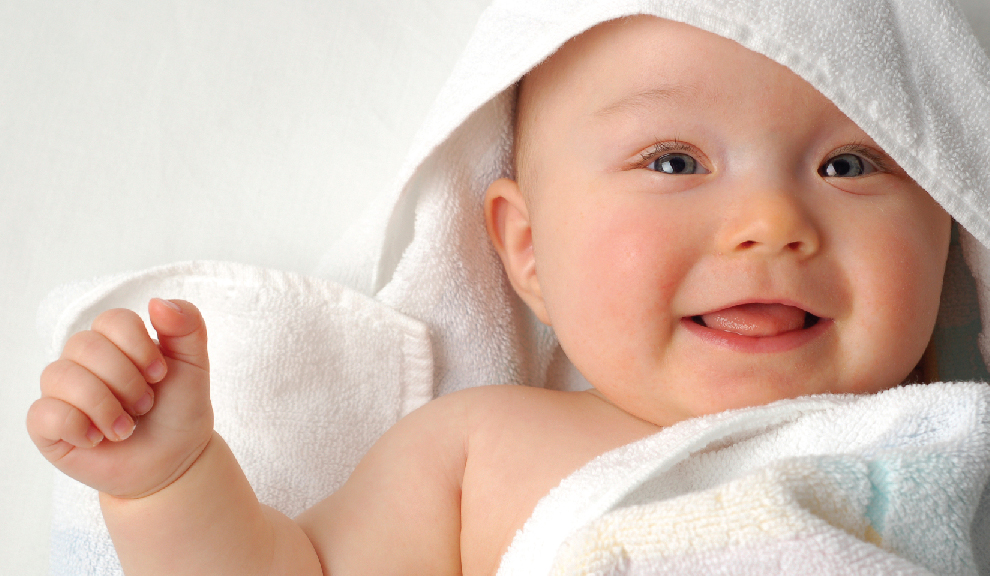Most babies will get nappy rash at some point during their first 18 months of life. It occurs when the skin covered by the nappy comes into contact with urine and stools (faeces), which then irritate the skin.
What are the symptoms?
A red, sore rash starts around the genital area and the folds of the thighs and buttocks; it can be dry or moist and may look pimply. The skin can become shiny and tight with inflamed spots. Babies who wear fabric nappies can get a rash over the whole nappy area. This can be an allergic reaction to the chemicals in washing powders.
If left untreated, nappy rash can develop into a fungal or bacterial infection. Fungal infections (e.g. thrush) begin as tiny red spots which spread into a solid red blotch. Bacterial infections have oozing yellow patches or pus-filled pimples, and are often accompanied by a fever.

Nappy-free time can help ease rashes
What are the treatment options?
The following steps will help to relieve nappy rash and prevent it from returning:
- Change nappies frequently
- The baby's bottom should be cleaned thoroughly with damp cotton wool and allowed to dry. Baby wipes can also be used
- A thin layer of barrier cream should be applied. Examples: Drapolene Cream, Sudocrem.
- Letting a child go without a nappy for periods of time allows the air to get to the skin and helps to heal and protect against nappy rash
- Talcum powder shouldn't be used, as it can get into the baby's lungs.
If you suspect that a fungal infection like thrush is present, or treatment hasn't worked, refer to the pharmacist, who may recommend an antifungal product. Example: Canesten.
Reflection point
What products does your pharmacy stock to help treat nappy rash?
